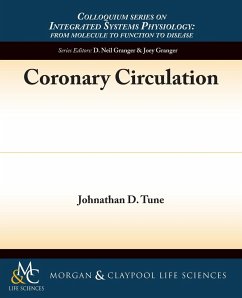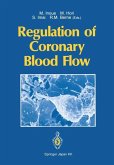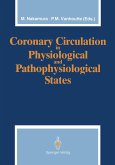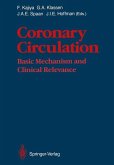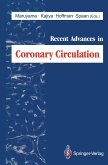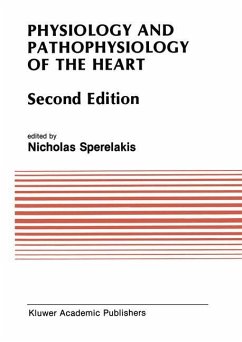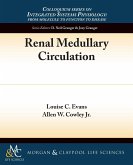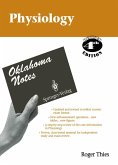The coronary circulation is unique in that it is responsible for maintaining adequate oxygen and substrate delivery to the organ that generates the pressure needed to drive blood throughout the entire circulatory system. In the simplest terms, coronary blood flow is directly proportional to the arterial pressure gradient across the coronary vasculature and inversely proportional to coronary vascular resistance. However, myocardial perfusion is collectively regulated by a complex variety of mechanisms which include: (1) extravascular compressive forces; (2) diastolic time fraction; (3) coronary perfusion pressure; (4) myocardial metabolism (local metabolic factors); (5) endothelial-derived substances; (6) neuro-humoral influences; and (7) arterial oxygen tension and content. This book considers each of these determinants with particular emphasis on the functional interaction between the physical and biological determinants of myocardial perfusion. Pathophysiologic aspects of coronary atherosclerosis and cardiovascular disease states are also considered. Table of Contents: Abbreviations / Acknowledgments / Introduction / Basic Coronary Anatomy / Myocardial-Coronary Interaction / Arterial Pressure and Autoregulation / Local Metabolic Control / Endothelial-Dependent Control / Neural Activation and Circulating Hormones / Coronary Stenosis, Myocardial Ischemia, and Effects of Disease / Summary / Reference List / Author Biography
Hinweis: Dieser Artikel kann nur an eine deutsche Lieferadresse ausgeliefert werden.
Hinweis: Dieser Artikel kann nur an eine deutsche Lieferadresse ausgeliefert werden.

